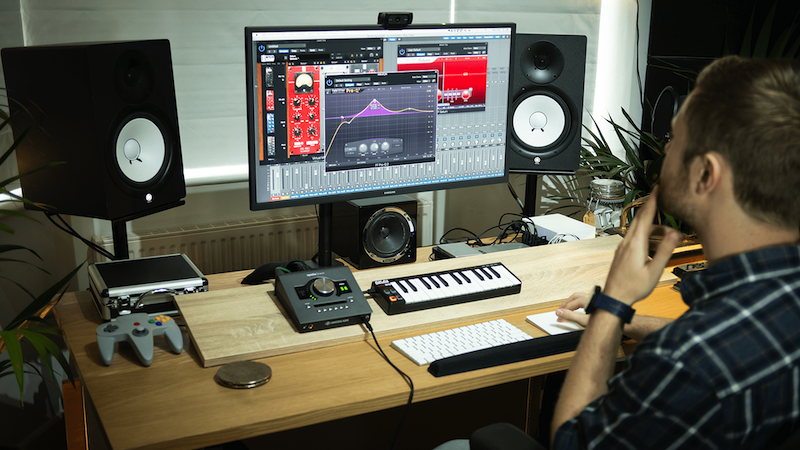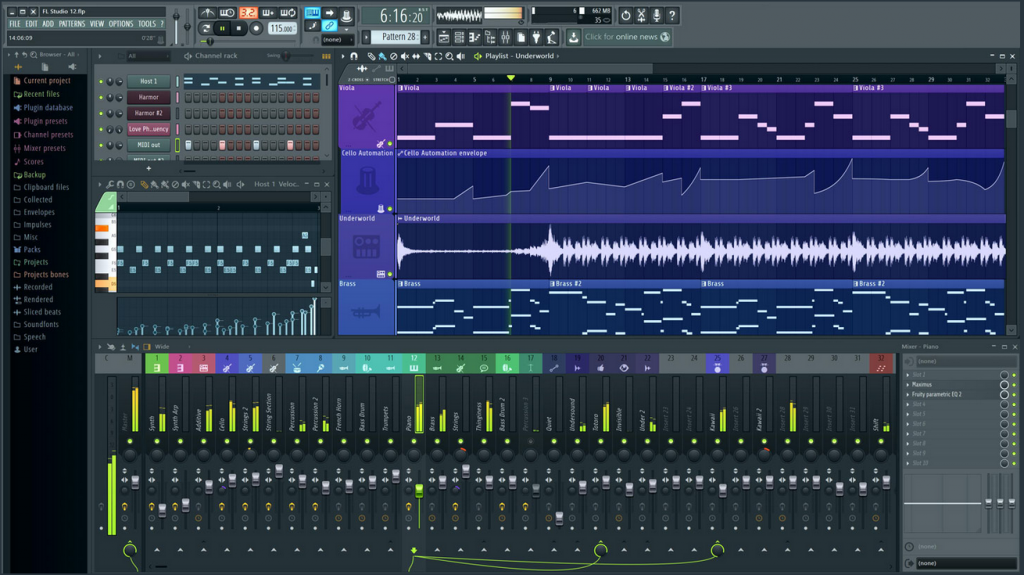As a podcaster, the quality of your audio is crucial to the success of your show. Whether you’re recording a solo episode or interviewing guests, you need to make sure that your podcast sounds professional and engaging. However, recording your podcast is only the first step – you also need to edit and produce your episodes to make them sound their best.
Editing and producing your podcast can seem daunting at first, but with the right tools and techniques, you can create high-quality audio that captivates your audience. In this article, we’ll share some tips and best practices for editing and producing your podcast like a pro.

Use a digital audio workstation (DAW) to edit your podcast. A DAW is a software program that allows you to edit, mix, and master your audio files. There are many DAWs available, ranging from free options like Audacity to more advanced programs like Adobe Audition or Pro Tools. Choose a DAW that fits your budget and has the features you need, such as the ability to trim and splice your audio, adjust levels and EQ, and apply effects like reverb and compression.
Clean up your audio with noise reduction and removal. Even in a quiet recording environment, there can be background noise and other distractions in your audio. To make your podcast sound professional, you need to remove or reduce this noise. Use the noise reduction and removal tools in your DAW to eliminate unwanted sounds, such as hums, clicks, and hisses. You can also use a noise gate to automatically mute low-level sounds, such as when you’re not speaking.
Mix your audio to create a balanced and engaging sound. Once you have cleaned up your audio and removed any unwanted sounds, it’s time to mix your podcast. Mixing involves adjusting the levels and EQ of your audio tracks to create a balanced and engaging sound. For example, you might want to boost the volume of your voice to make it stand out, or cut the bass on your music tracks to avoid muddiness. Use the mixing tools in your DAW to experiment with different settings and find the right balance for your podcast.

Apply effects to enhance your audio. Effects like reverb and compression can help to add depth and excitement to your podcast. Reverb adds a sense of space to your audio, making it sound like it was recorded in a particular environment. Compression reduces the dynamic range of your audio, making loud sounds quieter and quiet sounds louder. Use effects sparingly and carefully, as too much can make your podcast sound unnatural and cluttered.
Export your podcast in the right format and quality. Once you’ve edited and mixed your podcast, it’s time to export it for distribution. Your DAW will allow you to save your podcast in various formats, such as MP3 or WAV, and at different bitrates, which determine the quaHow to Edit and Produce Your Podcast Like a Prolity of the audio. For podcasting, a bitrate of 128 kbps is generally considered to be the best balance of quality and file size. Be sure to export your podcast in a format and bitrate that are compatible with the podcast hosting platform you’re using.
Editing and producing your podcast may take some time and effort, but it’s well worth it. By using the tips and techniques outlined in this article, you can create high-quality audio that engages and delights your audience. With practice and experience, you’ll be able to edit and produce your podcasts like a pro.